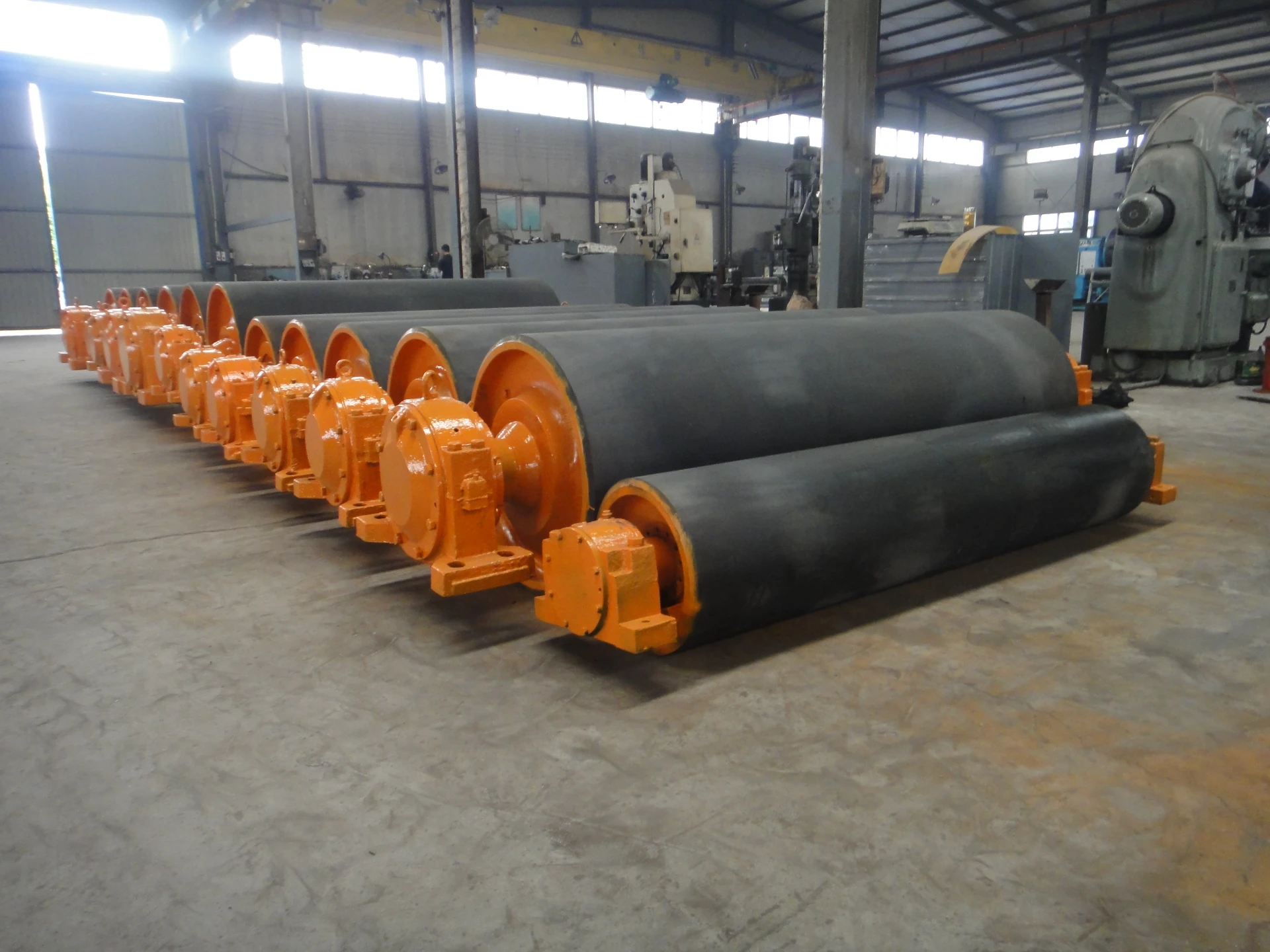 Afrikaans
Afrikaans  Albanian
Albanian  Amharic
Amharic  Arabic
Arabic  Armenian
Armenian  Azerbaijani
Azerbaijani  Basque
Basque  Belarusian
Belarusian  Bengali
Bengali  Bosnian
Bosnian  Bulgarian
Bulgarian  Catalan
Catalan  Cebuano
Cebuano  Corsican
Corsican  Croatian
Croatian  Czech
Czech  Danish
Danish  Dutch
Dutch  English
English  Esperanto
Esperanto  Estonian
Estonian  Finnish
Finnish  French
French  Frisian
Frisian  Galician
Galician  Georgian
Georgian  German
German  Greek
Greek  Gujarati
Gujarati  Haitian Creole
Haitian Creole  hausa
hausa  hawaiian
hawaiian  Hebrew
Hebrew  Hindi
Hindi  Miao
Miao  Hungarian
Hungarian  Icelandic
Icelandic  igbo
igbo  Indonesian
Indonesian  irish
irish  Italian
Italian  Japanese
Japanese  Javanese
Javanese  Kannada
Kannada  kazakh
kazakh  Khmer
Khmer  Rwandese
Rwandese  Korean
Korean  Kurdish
Kurdish  Kyrgyz
Kyrgyz  Lao
Lao  Latin
Latin  Latvian
Latvian  Lithuanian
Lithuanian  Luxembourgish
Luxembourgish  Macedonian
Macedonian  Malgashi
Malgashi  Malay
Malay  Malayalam
Malayalam  Maltese
Maltese  Maori
Maori  Marathi
Marathi  Mongolian
Mongolian  Myanmar
Myanmar  Nepali
Nepali  Norwegian
Norwegian  Norwegian
Norwegian  Occitan
Occitan  Pashto
Pashto  Persian
Persian  Polish
Polish  Portuguese
Portuguese  Punjabi
Punjabi  Romanian
Romanian  Russian
Russian  Samoan
Samoan  Scottish Gaelic
Scottish Gaelic  Serbian
Serbian  Sesotho
Sesotho  Shona
Shona  Sindhi
Sindhi  Sinhala
Sinhala  Slovak
Slovak  Slovenian
Slovenian  Somali
Somali  Spanish
Spanish  Sundanese
Sundanese  Swahili
Swahili  Swedish
Swedish  Tagalog
Tagalog  Tajik
Tajik  Tamil
Tamil  Tatar
Tatar  Telugu
Telugu  Thai
Thai  Turkish
Turkish  Turkmen
Turkmen  Ukrainian
Ukrainian  Urdu
Urdu  Uighur
Uighur  Uzbek
Uzbek  Vietnamese
Vietnamese  Welsh
Welsh  Bantu
Bantu  Yiddish
Yiddish  Yoruba
Yoruba  Zulu
Zulu rubber lagging
The Importance of Rubber Lagging in Industry
Rubber lagging is a critical component in various industrial applications, particularly in the mining, material handling, and manufacturing sectors. This specialized type of rubber coating is applied to pulleys, rollers, and other equipment to enhance performance and durability. It provides a range of benefits that are essential for improving operational efficiency, reducing maintenance costs, and extending the lifespan of machinery.
One of the most significant advantages of rubber lagging is its ability to increase traction. In industries that rely on conveyor systems, such as mining and quarrying, the lagging on pulleys provides a better grip on the conveyor belt. This increased traction minimizes slippage, ensuring that materials are transported efficiently without the risk of jams or misalignment. This is particularly important in heavy-duty applications where the weight and demands placed on the equipment are substantial.
Furthermore, rubber lagging contributes to the longevity of machinery. Traditional metal surfaces can wear down rapidly when exposed to the abrasive materials commonly found in industrial settings. By using rubber lagging, the impact of abrasion is significantly reduced. The rubber acts as a protective barrier that absorbs wear and tear, thus prolonging the life of the underlying components. This translates to lower replacement costs and less downtime for maintenance, which is a critical consideration in industries where every minute of operation counts.
In addition to its protective qualities, rubber lagging also serves to minimize noise and vibration
. Many industrial processes generate significant levels of noise, which can be detrimental to worker health and productivity. The inherent properties of rubber help dampen sound, creating a quieter working environment. This is particularly relevant in settings where prolonged noise exposure can lead to hearing loss or other health-related issues. The reduction of vibration not only enhances comfort for employees but also protects machinery from potential damage that can result from excessive vibration over time.rubber lagging

Another noteworthy benefit of rubber lagging is its versatility. The material can be customized to meet specific operational needs. Different types of rubber can be formulated to account for various environmental factors, such as temperature fluctuations, exposure to chemicals, and the nature of the materials being handled. This adaptability makes rubber lagging suitable for a wide range of applications, from agricultural machinery to processing plants.
Moreover, rubber lagging can enhance the efficiency of energy consumption. When machinery operates smoothly and efficiently, it requires less energy to perform its tasks. By reducing slippage and preventing excessive wear, rubber lagging contributes to a lower carbon footprint and better energy efficiency. In a world increasingly focused on sustainability, this aspect cannot be overlooked, as companies seek to become more eco-friendly and reduce operational costs associated with energy consumption.
Installation and maintenance of rubber lagging are relatively straightforward processes, making it an attractive option for many businesses. The application can often be carried out on-site, minimizing downtime and allowing for the quick restoration of equipment functionality. Regular inspections and timely maintenance of rubber lagging can further enhance its performance, ensuring that machinery operates at optimal efficiency.
In conclusion, rubber lagging plays a vital role in modern industrial operations. Its ability to enhance traction, reduce wear and tear, minimize noise and vibration, and increase energy efficiency makes it an indispensable component in various fields. As industries continue to evolve, the importance of reliable solutions like rubber lagging becomes even more pronounced. Companies investing in this technology are likely to see a return on investment through improved productivity, reduced maintenance costs, and enhanced operational efficiency, leading to a more sustainable and profitable future. Whether in mining, manufacturing, or any other industrial application, the benefits provided by rubber lagging underscore its essential role in the machinery of the modern economy.
-
Revolutionizing Conveyor Reliability with Advanced Rubber Lagging PulleysNewsJul.22,2025
-
Powering Precision and Durability with Expert Manufacturers of Conveyor ComponentsNewsJul.22,2025
-
Optimizing Conveyor Systems with Advanced Conveyor AccessoriesNewsJul.22,2025
-
Maximize Conveyor Efficiency with Quality Conveyor Idler PulleysNewsJul.22,2025
-
Future-Proof Your Conveyor System with High-Performance Polyurethane RollerNewsJul.22,2025
-
Driving Efficiency Forward with Quality Idlers and RollersNewsJul.22,2025





























